The Exchange, Chicago IL
SPECULATIVE URBAN DESIGN PROPOSAL FOR THE GREAT LAKES MEGAREGION
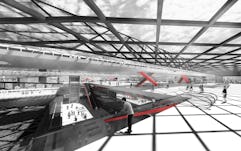
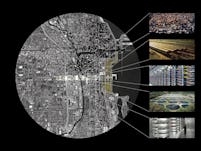
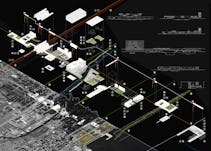
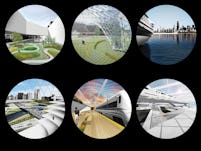
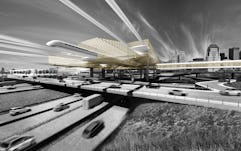
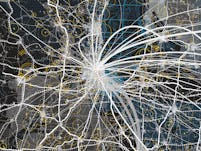
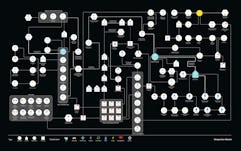
Situated within the regional mobility and energy systems of our Conduit Urbanism project, a disruptive urban design intervention is proposed for Chicago.
A linear assembly of (is)lands that are geographically central yet morphologically peripheral to the city define the zone along Chicago’s Congress Parkway, stretching from Lake Michigan to the University of Illinois at Chicago (UIC) campus: the central axis of the 1909 Burnham Plan. This urban transect currently creates a functional and phenomenal threshold of separation within the city. In resistance to the monopolization of the market for hegemonic gain and the systemic privatization of the city and its institutions, as well as the exploitation of common water resources, the Exchange forges a place of open free market exchange, intellectual and biotic exchange between urban and environmental systems. This new infrastructure encourages the politics and processes of a contemporary, synthetic nature to intermingle with those of the city along a charged urban seam where both human and environmental flows materialize and become apparent, while producing new “spaces of appearance”
The architectural form of the Exchange is rhizomic. Weaving through built and void spaces of the city, it interconnects a series of entry points through a common urban fabric of mobility and access. A new maglev terminal atop the I-90/I-94 Circle Interchange, a redesigned bus terminal, extended pedestrian connections at Union and LaSalle Stations, an expanded Van Buren Station, and a new ferry port for regional lake travel are all connected by an east-west elevated passenger link.
Interspersed are a series of new spaces for exchange: a university commons above the highway connects UIC’s campus to the city; a complex for global freshwater and renewable energy futures trading is located above LaSalle Station, diametrically positioned relative to the Chicago Stock Exchange; a public marketplace and micro-business incubator occupies the abandoned Chicago Main Post Office structure. Interconnected interior and exterior public spaces provide coherence and identity to the precinct, and new housing developments bring residential constituency and pedestrian daily life. The public armature also connects a network of soft systems: an urban digester envelops the Wacker Street off-ramps, biologically processing vehicle emissions and runoff with plant species; aquatic stabilization processes combine with recreational space at the Chicago River and at Lake Michigan; new urban parks and planted zones along the streets absorb rainwater. This mongrel urban architecture of competing concerns integrates the space of the market with new forms of ecological stewardship, networks of common space and the support
of multiple forms of open exchange.